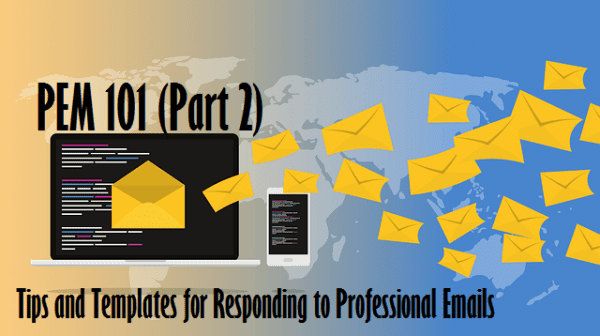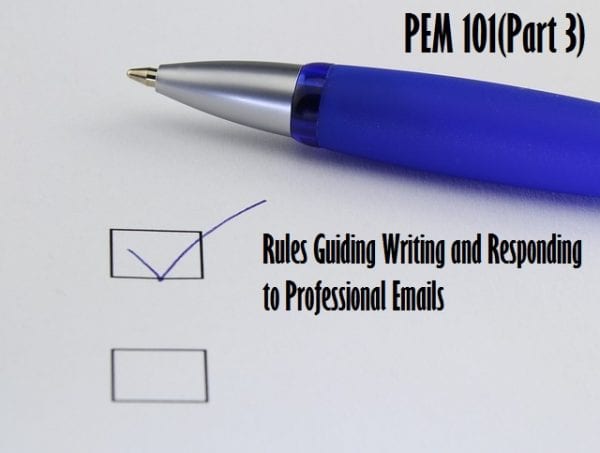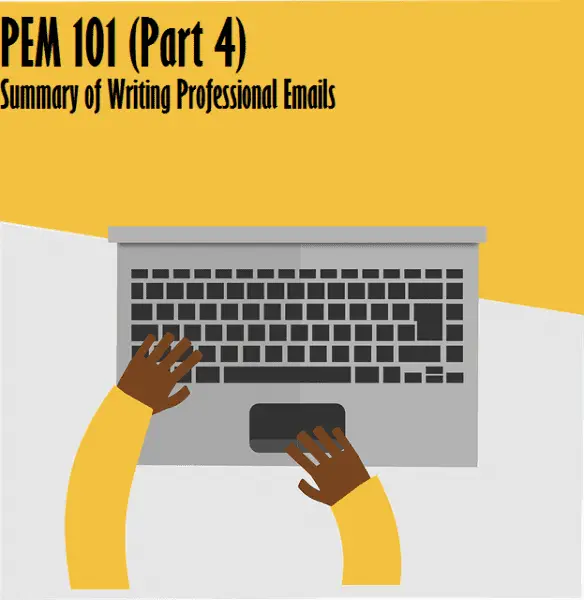If you’re reading this, chances are you need to write a very important email soon. Whether this email has an impact on your job, relationships, or something else, the techniques of writing a perfect message are pretty much the same.
In this article, we’re going to give you professional email writing tips from start to finish that you can use right away.
1. Set a Clear Goal
Every email message should have only one goal to avoid unnecessary complexity and misunderstanding. Beginning the writing process with goal setting is a good idea because it will guide your writing and focus your effort on achieving that goal.
For example, take a look at the following emails and think which one of them would be more likely to achieve its purpose?
Email #1: an email that has a goal to guide the recipient to a landing page.
Email #2: an email that has a goal to persuade the recipient to go to the landing page, share information about that business on social media, and watch a short video presentation of a product.
Clearly, the first one is more likely to succeed because it has only one goal, so it’s easier for the recipient to perform the desired action. In the other case, it’s highly likely that the recipient will ignore the request.
2. Create a Good Subject Line
“A subject line is the first thing that the recipient sees when they receive the message, so getting them interested in reading the entire message using this tool is critical,” explains Kevin Booker, an email marketer at Hot Essay Service.
Tips on improving subject line:
- Convey the goal of your email (“A thank-you letter,” “Request for Trial” etc.)
- Use natural language for both informal and formal emails
- Keep it short – five words, tops
- Add the name of the recipient to personalize the message (“Matt, quick question for you”).
Test different subject lines and see what works best.
3. List Your Main Points
If the important email that you have to write has a number of main points, you can list them to help the recipient to understand them easily. This also makes the message scannable.
“Making an email scannable is important because no one wants to read big chunks of text,” says Pat Fredshaw, a writer from Essay Supply. “The shorter email, the better, actually.”
For example, if you’re writing to let the recipient know the feature of a software product, use a list like this one:
- Provides business email templates
- Has a dictionary of the most commonly used business communication phrases
- Built-in spelling check
4. Use Tools
If you’re struggling to write an effective email, it’s a good idea to use online tools that were designed specifically for that. For example, they can be used for writing, proofreading, and training. Here’s a list of some of them:
- GetGoodGrade. This is an online tool that people looking for human proofreaders use. While machine proofreading tools are good to detect most errors, only human proofreading can ensure an error-free email text.
- Email Excellence. Here, you’ll find free email writing tools and templates that you can use for personal and commercial purposes.
- Rewarded Essays. If you’re looking to improve email writing skills, professional writers with years of experience can help you by giving tips and feedback on your writing.
- Flash Essay. This is the right place for email writing tips because it employs qualified professional writers from all over the world that can be a huge help with writing any kind of email.
- MailChimp. A well-known email newsletter service that provides templates for business emails and automation services.
- Rated by Students. Another online writing community where you can get professional help with writing emails and improve your skills by receiving feedback.
5. Explain Benefits for the Recipient
By doing so, you’ll enhance the interest to your email and increase the chance that it will achieve its purpose. For example, if you’re writing about a business proposal, tell the recipient what’s in it for them.
Don’t assume that the recipient is interested in reading your message because an average office worker receives 121 emails a day (source: The Radicati Group).
Don’t hesitate to go an extra mile if required. For example, use a translation service if the recipient of your message doesn’t speak your language.
6. Make an Effective Closing
The closing of your email should leave them with a good impression, so make it sincere and appropriate.
Here’s how to do it:
- Thank the reader for reading
- Use “Best Regards,” “Best wishes” etc.
- Include your name and contact information
Conclusion
Being able to write important emails effectively is very important. Now that you know the ways to polish them, feel free to practice and don’t forget to personalize every message.







tnx for sharning